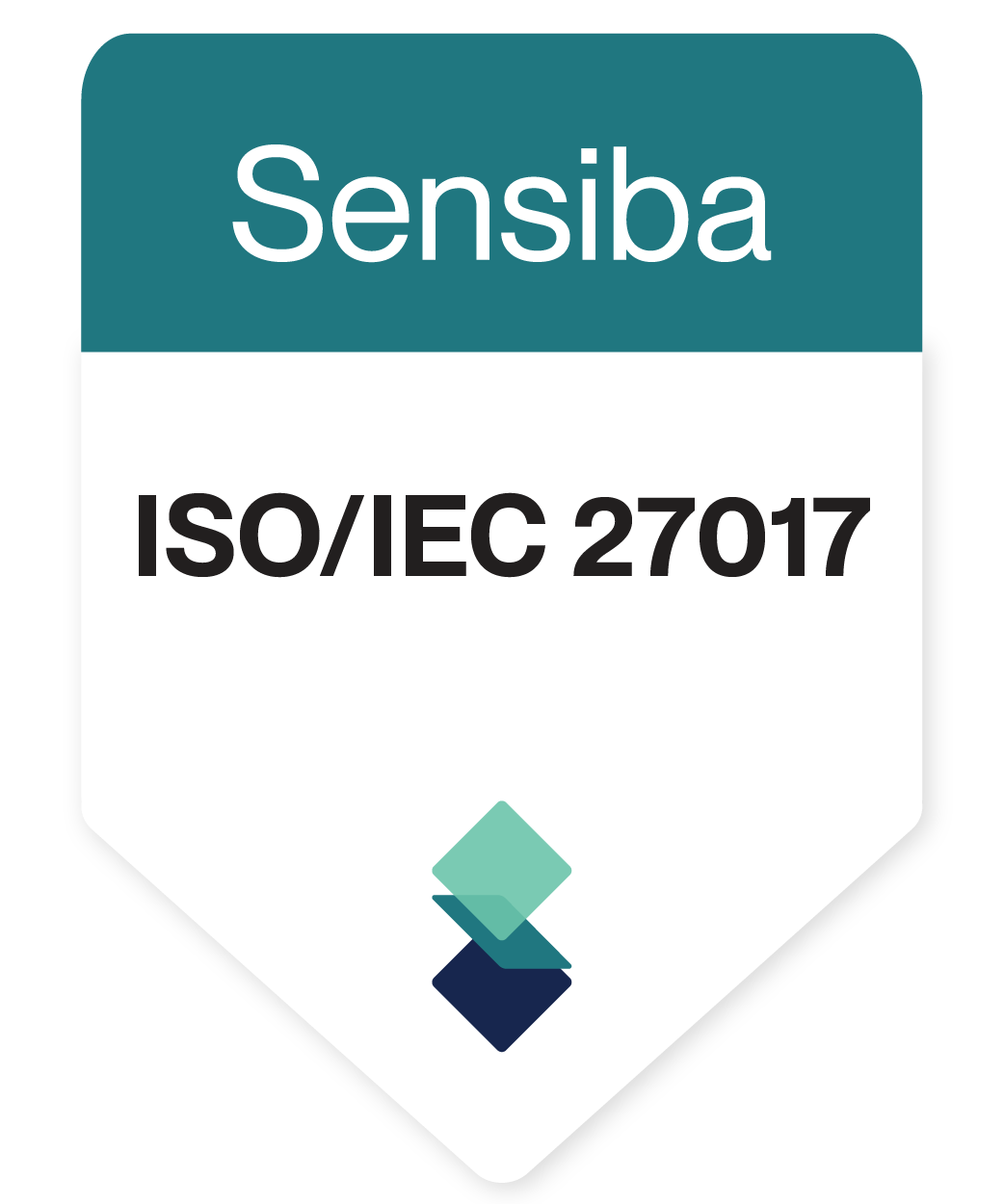TDengine is a simplified and powerful solution for industrial data. At the core of the TDengine data historian is a time-series database that makes organizing and finding your data simpler. For data administrators, TDengine significantly reduces the effort to deploy and manage your data. For developers, TDengine provides a simple interface, simplified solution, and seamless integrations for third party tools. For data users, TDengine gives easy data access.
Easy Management
- Deployment – TDengine can be installed quickly with no external dependencies, and setting up a cluster can be done in a simple SQL statement. Kubernetes deployment is supported too. Learn more about deployment.
- Monitoring – TDengine provides TDinsight, a Grafana plugin, to gain insight into your cluster’s operations with status and metrics. Learn more about TDinsight.
- Data replication – TDengine Enterprise allows you to replicate a database, supertable, or subtable from one cluster to another cluster or file. You can connect any edge, central, or cloud cluster to any other edge, central or cloud cluster to store your data where you want it.
Easy Development
- Client libraries – You can build your applications with sample code and libraries for C/C++, Java, Python, Go, Node.js, C#, and Rust.
- SQL support – TDengine supports standard SQL, so there is no learning curve for new users. With SQL, you can fully manage your cluster and query or insert data.
- Seamless integration – TDengine provides seamless integration with third-party tools such as Telegraf and Grafana without requiring a single line of code.
- Simplified solution – Through built-in caching, stream processing and data subscription features in addition to its high performance time series database, TDengine provides a simplified solution for industrial data processing that does not require deploying third-party components.
Easy Data Access
- Interactive console – You can run SQL statements directly from your terminal to interact with TDengine. Learn more about command line interface.
- Client libraries for analytical tools – Use the tools you want with sample code and client libraries for Python and R.
- Data sharing – Create data subscription topics to securely share data with internal and external stakeholders as easily as sharing a Google Doc.
- Visualization – You can use the official Grafana integration or Google Data Studio integration to create company-wide dashboards.



